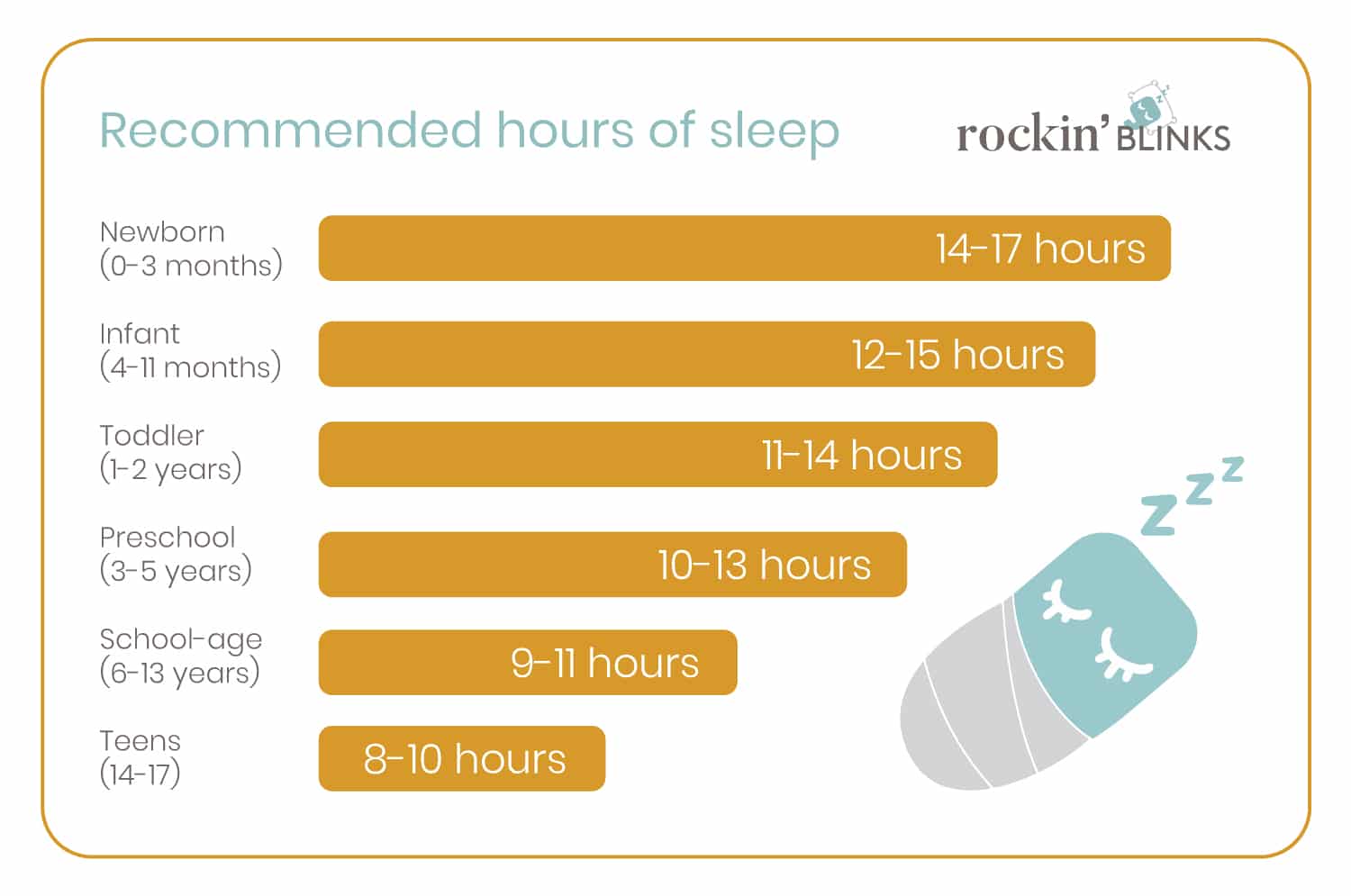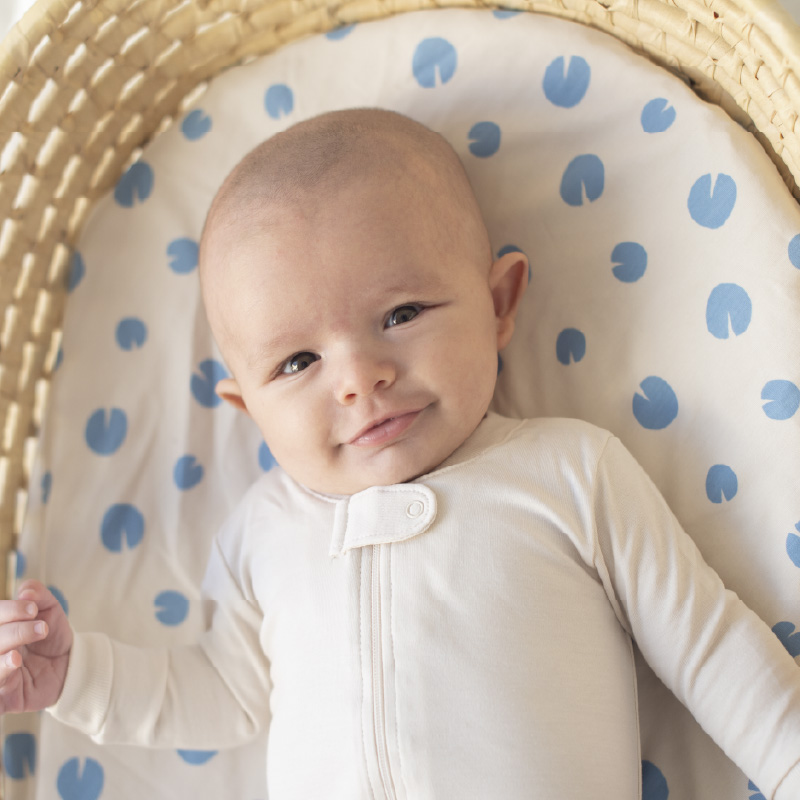Your baby has been sleeping like a champ and suddenly he starts climbing out of the crib by himself. You find yourself struggling with keeping him in the crib. Your perfect bedtime routine has now transformed in an endless battle until your child finally falls asleep.
If this is you, don’t panic! This is just a small sleep regression. Here are some tips to help your baby stay in the crib during rest time:
At what age toddlers might start climbing out of the crib?
The age when kids might show interest in climbing out of the crib varies. For some children this happens very early, before the first year of life, but most frequently toddlers will start experimenting with climbing (anything!) after 2 years of age. Many other toddlers show no interest in leaving the crib until mom or dad comes to take them out (lucky parents!).
So even if you have got a little escapist, don’t stress about this, it’s actually a good thing! Your child is growing and mastering motor development! But just because your child can climb out of the crib does not mean they should start sleeping in a bed. This is actually a great time for you to start setting the boundaries and expectations about what happens at night.
Setting clear boundaries
Setting clear boundaries during rest time is always part of stablishing healthy sleep habits.
While it might be exciting for your child to see he can be in control of how and when to get out of the crib, it’s important to help him understand what happens during rest time. “Our bodies need to rest now. We need to stay in bed to let the body sleep”.
Ideally, every time your child climbs out, you will put him back in the crib. Do this very calmly, and very patiently. The message behind this action is “I see you are climbing, but it is time for sleep now.” When it is time for sleep, it’s important to show what our body needs to relax and fall asleep. If you are clear and consistent, and don’t make a big deal about it, the novelty will pass quickly.
Ideally, you will do this all through the night, even when your child decides to pay you a visit in your room at 3am. “It’s not time to wake up yet. Let’s get you back in your crib”.
Welcome the emotions
When you set this new boundary, your child might not like it at first. You might see him start crying when you put him in the crib again, getting mad and frustrated. While you might naturally want to calm these feelings, it’s important that your child has the space to express them. It’s not your job to stop these feelings but to offer a safe space to let them out. Your job is to make sure he is safe and can rest well during the night (or a nap). Acknowledge these feelings and accept them. “I see you are mad. You want to keep climbing out of the crib. It’s fun, right? I hear you. It’s time to rest now. You can keep playing when you wake up.”
Stay consistent and calm and let your child know that it’s ok to get mad, but when it’s time to sleep, he will need to stay in the crib.
“I am afraid my child will get hurt when climbing out of the crib”
Some toddlers master getting out of the crib (or climbing three security gates! Have you seen this on Facebook?) with an amazing ability without getting hurt. Other children might just go for a wild jump and hit the floor hard. Like any new ability, it will take some time for your child to get better at it, and it’s normal that at the beginning they tend to fall harder.
You can always consider putting some pillows on the floor or even a mattress to provide a softer landing.
However, if you are truly worried about this or see that your child does not seem to be able to get out of the crib without major bumps, you might have to do an early transition to a bed.
Is it time to transition to a bed?
Typically, it is suggested to wait until your child is 3 years old to make the transition from sleeping in a crib to sleeping on a bed. It is an age when they can better understand the routines and have more control over their impulses of getting out of bed when they are awake. But at the same time, it’s totally possible to make an earlier transition if necessary. It will require the same consistency of taking your child back to the bed every time.
Including a security gate at your child’s door is always a good idea and it will transform his room into a big crib.
Tricks you might hear
Some sleep experts will suggest offering your child a sleep sack and putting it backwards for sleep or changing the side of the crib (setting the lower side against the wall), to make it more difficult for your child to get out of the crib.
While these tricks might work for some, know that even without those strategies, your child is totally capable of understanding he needs to stay in the crib if you are clear and consistent during his sleep routine. Having him in sleep sacks with legs, like the ones from TealBeee might be a lot more appropriate for this age and will allow your child more freedom when he moves.
Lots of practice during the day
Discovering this new ability of climbing everything, is like a new toy for your toddler. Try to give him a lot of freedom, space, and opportunities to climb while he is awake, so he is less interested in practicing during the night.
New movements can always create some rocky nights. Anything from rolling, crawling, standing or walking might make your child want to experiment during the night and show less interest in sleep. But rest assured that if you stay consistent with his routine, acknowledge the excitement of the new ability and set clear boundaries around sleep, it will only take a couple of nights before your child is back sleeping through the night.
Make your child’s sleep environment safe
Now that your child is more independent, it’s important that his room is safe for him to be around if he gets out of the crib while you are sleeping.
- Make sure all furniture is attached to the wall.
- Cover all electrical outlets.
- Ideally, put away toys he should not use without supervision
- Shades cords can also be a safety hazard. Make sure your child cannot reach them or get tangled with them if he starts playing with the shades.
- Having a security gate in all the rooms that might be dangerous, like the kitchen, it’s a good idea.
- You can also consider installing a security gate (like the ones you would use for the stairs) at your child’s bedroom door.

Keep a healthy age-appropriate schedule.
Always remember that when it comes to healthy sleep, it’s not only about where, and how your child sleeps but most importantly when he sleeps.
Respect your child’s natural need for sleep and follow an age-appropriate schedule.
Toddlers need between 11 to 14hs of sleep between nighttime sleep and naps, and most toddlers have transitioned to one nap by the age of 18 months old.
After the nap ends, most toddlers can tolerate between 4 to 5hs awake before bedtime.

Recommended by the National Sleep Foundation.
(This post was originally written by Lola Sánchez Liste for Teal Bee Blog)
Find Lola’s one on one Sleep Coaching Services here.
Good sleep is essential for a happy healthy childhood and life. Book a consultation with us now!
Subscribe to our Newsletter and get the latest in sales, sleep information and more










